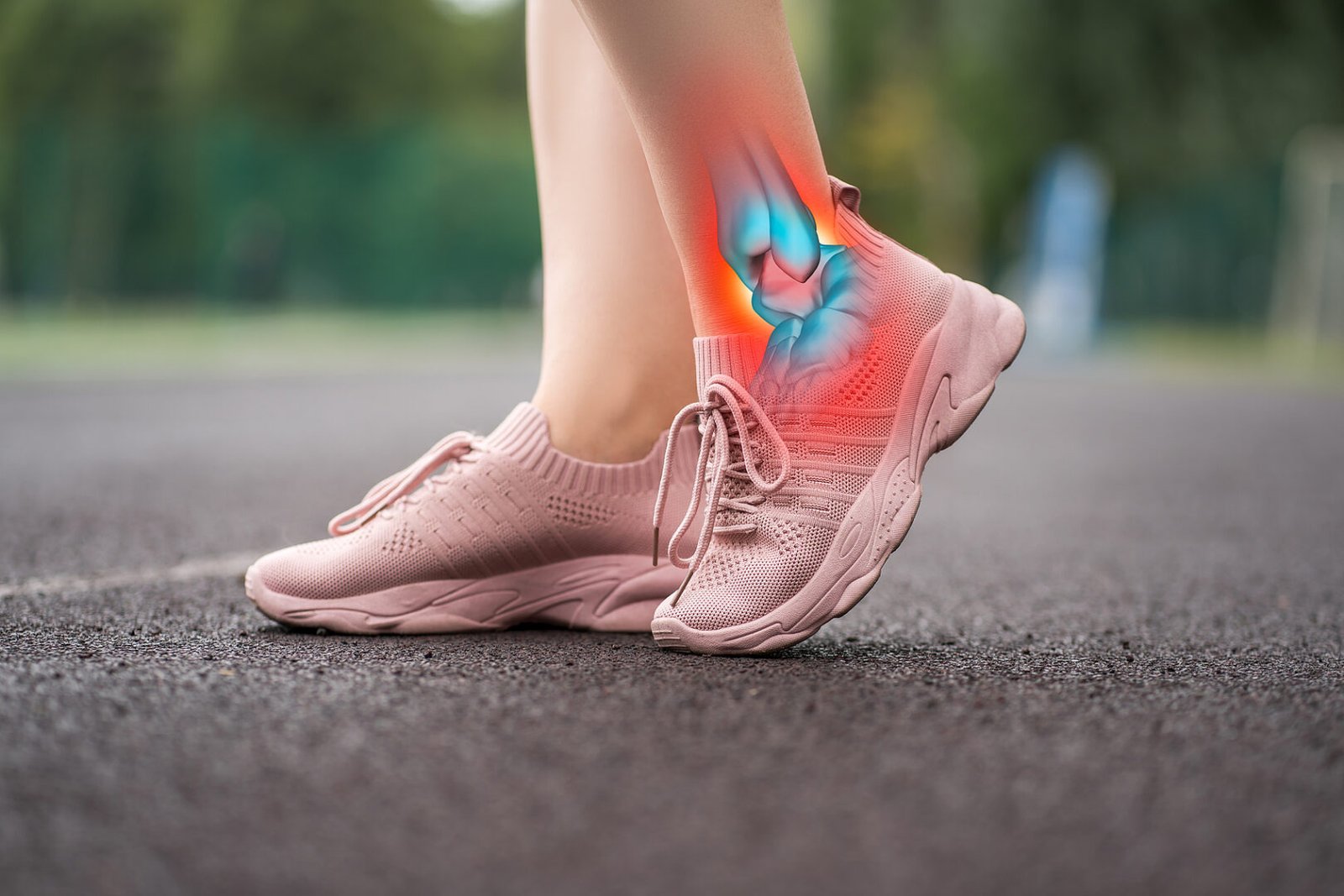Pulishing Time:2025-07-11

Ankle sprain is one of the most common sports injuries. Whether during running, basketball, or daily walking, accidental twists can easily lead to ligament strain or tearing in the ankle. Cold compress (ice pack) is one of the most critical first-aid measures after an ankle sprain, effectively alleviating pain, reducing swelling, and accelerating recovery. This article will delve into the role of cold compress in ankle sprains, the correct usage methods, and when medical attention is necessary.
Table of Contents
- Why is Cold Compress Necessary After an Ankle Sprain?
- Correct Methods for Cold Compress: When and How?
- Cold Compress vs. Heat Compress: When to Use Each?
- When to Seek Medical Attention?
- Conclusion: Cold Compress is Key to First-Aid for Ankle Sprains
Why is Cold Compress Necessary After an Ankle Sprain?
1. Alleviate Pain
Cold compress constricts blood vessels, reducing local blood circulation and thereby decreasing the sensitivity of nerve endings, effectively relieving pain.
2. Reduce Swelling (Inflammation Control)
After a sprain, the body releases inflammatory factors, causing blood vessels to dilate and fluid to leak into tissues, leading to swelling. Cold compress slows down the inflammatory response, reducing tissue fluid accumulation and preventing further swelling.
3. Prevent Further Damage
Cold compress can lower local metabolic rate, reducing cell damage and preventing the sprain from worsening into severe ligament tears or fractures.
Correct Methods for Cold Compress: When and How?
1. The “RICE” Principle for Acute Sprains
The internationally recognized first-aid method for acute sprains is RICE (Rest, Ice, Compression, Elevation), with ice compress (Cold) being the key step:
- R (Rest): Immediately stop activity to avoid aggravating the injury.
- I (Ice): Within 24-48 hours after the sprain, apply cold compress for 15-20 minutes, 3-4 times a day.
- C (Compression): Use an elastic bandage to wrap the ankle, helping to reduce swelling.
- E (Elevation): Elevate the ankle above heart level to promote blood return and reduce swelling.
2. Proper Way to Apply Cold Compress
- Use an ice pack or cold compress gel pack (such as Solid Gel Hot Cold Pack), avoiding direct contact between ice and skin to prevent frostbite.
- Apply cold compress for 15-20 minutes per session, repeating every 1-2 hours. Avoid prolonged low temperatures that may damage tissues.
- After 48 hours, switch to heat compress (if swelling has subsided) to promote blood circulation and soft tissue repair.
Cold Compress vs. Heat Compress: When to Use Each?
Condition
Cold Compress (Ice)
Heat Compress (Heat)
Within 24-48 hours of sprain
✅ Recommended (reduces swelling and pain)
❌ Avoid (may worsen inflammation)
Chronic pain or stiffness
❌ Avoid (may increase muscle tension)
✅ Recommended (promotes blood circulation)
Muscle strain (non-acute)
❌ Avoid
✅ Recommended (relaxes muscles)
Key Takeaway:
- Acute sprain (within 48 hours): Cold compress is the priority!
- Chronic pain or late-stage recovery: Heat compress is more suitable.
When to Seek Medical Attention?
Although cold compress can effectively alleviate mild sprains, seek immediate medical care if the following occurs:
⚠ Severe pain preventing walking
⚠ Obvious ankle deformity or inability to bear weight
⚠ Swelling persists for over 48 hours without improvement
⚠ Suspected fracture (e.g., hearing a “pop” or visible ankle deformity)
Doctors may recommend X-rays or MRI scans and might use braces or physical therapy to accelerate recovery.
Conclusion: Cold Compress is Key to First-Aid for Ankle Sprains
After an ankle sprain, immediate cold compress can effectively relieve pain, control swelling, and speed up rehabilitation. Combined with the RICE principle and adequate rest, most mild sprains heal within 1-2 weeks. If symptoms are severe or worsen, seek medical attention promptly to avoid long-term complications.
Recommended Products:
🔹 Solid Gel Hot Cold Pack (Reusable, suitable for both cold and heat therapy)
🔹 Instant Cold Pack (Single-use, rapid cooling for outdoor emergencies)
Follow us for more sports injury recovery guides! 🚀